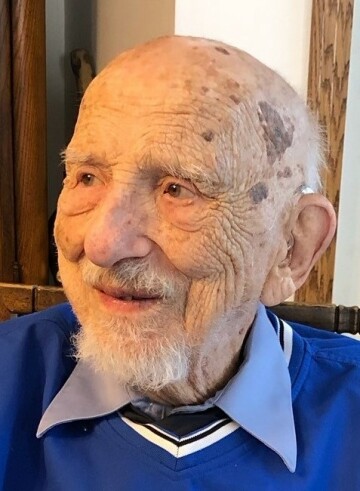In 1945, I was a non-paying passenger aboard a troop transport crossing the Pacific, destination unknown. It was a long trip. The weather was quite stormy — we were skirting a typhoon part of the time. Never before had I imagined waves would get so big, bigger than three-story houses, from crest to trough. Talk about rough. It felt like our ship was surely going to break in two. Believe me, there were some seasick people aboard who didn’t care if we sank.
For 30 days we crossed the ocean. I don’t think Kon-Tiki took much longer. On the days we were allowed on deck I spent much of my time on the stern watching the seabirds. Here, thousands of miles from land, there were always a few birds in sight — fulmars, petrels, and shearwaters. When you’re all alone, just a speck floating on a great ocean, you soon find a kinship to other living things that keep you company. By the hour we could watch these strange birds soaring and skimming over the tops of the waves. They hardly ever sat down on the water. As they flew for days on end, it was rare to see one bend a wing. Riding the currents of air, they were a picture of the most magnificent grace and airmanship. The airplane pilots in our group were especially fascinated.
Each day we would encounter different birds, picking up new escorts, losing old friends. Not infrequently, we had the thrill of seeing at a distance the largest of the “gooney birds,” a huge gray and white albatross. This creature really captures the imagination. He is the king of the seabirds, majestic and beautiful. He paid less attention to our ship than did the other birds. Albatross are perhaps too regal to look for handouts from the galley. Perhaps they are just shy.
I remember pondering, “How do the birds get along without fresh water?” Human beings might well benefit from such a talent. This, of course, has been one of the great biological, physiological mysteries. Just last year, in 1959, a scientist at Duke University, Kure Nielsen, may have solved this enigma. He discovered than supraorbital glands in birds have the ability to excrete salt from the system. Perhaps this, in some mysterious way, enables oceanic birds to convert salt water to fresh water.
Somebody asked me, “What are those birds good for?” I don’t know. What good is an art gallery? For me, just watching, admiring, and wondering about the majesty and mystery of the “gooney birds” (I despise that nickname) wiled away many uneventful hours. To this day I can shut my eyes, feel the swell of the ocean, the roll of the ship, and see shearwaters and albatross on stiff wings skimming over the waves. To them I owe a great debt — they initiated me into a wonderful life’s avocation: watching birds.
A retired Chippewa Falls family practitioner and longtime birder, Dr. Charles Kemper just turned 100 years old. This piece is an excerpt from “Natives of Chippewa County,” a compilation of his columns that appeared in the Chippewa Falls Herald Telegram from 1951 to 1960. An article about Dr. Kemper was published in the Leader-Telegram on April 4, 2020, in Patti See’s “Sawdust Tales” column.





















